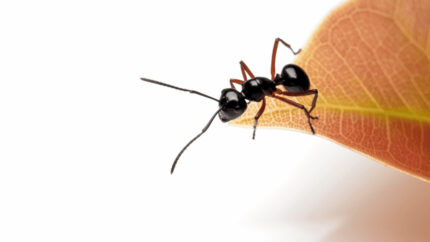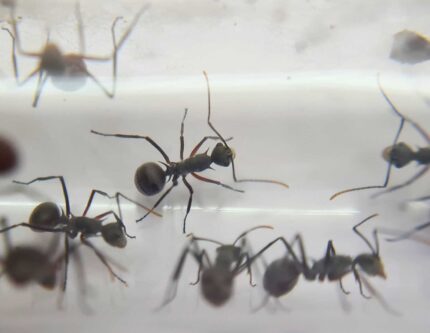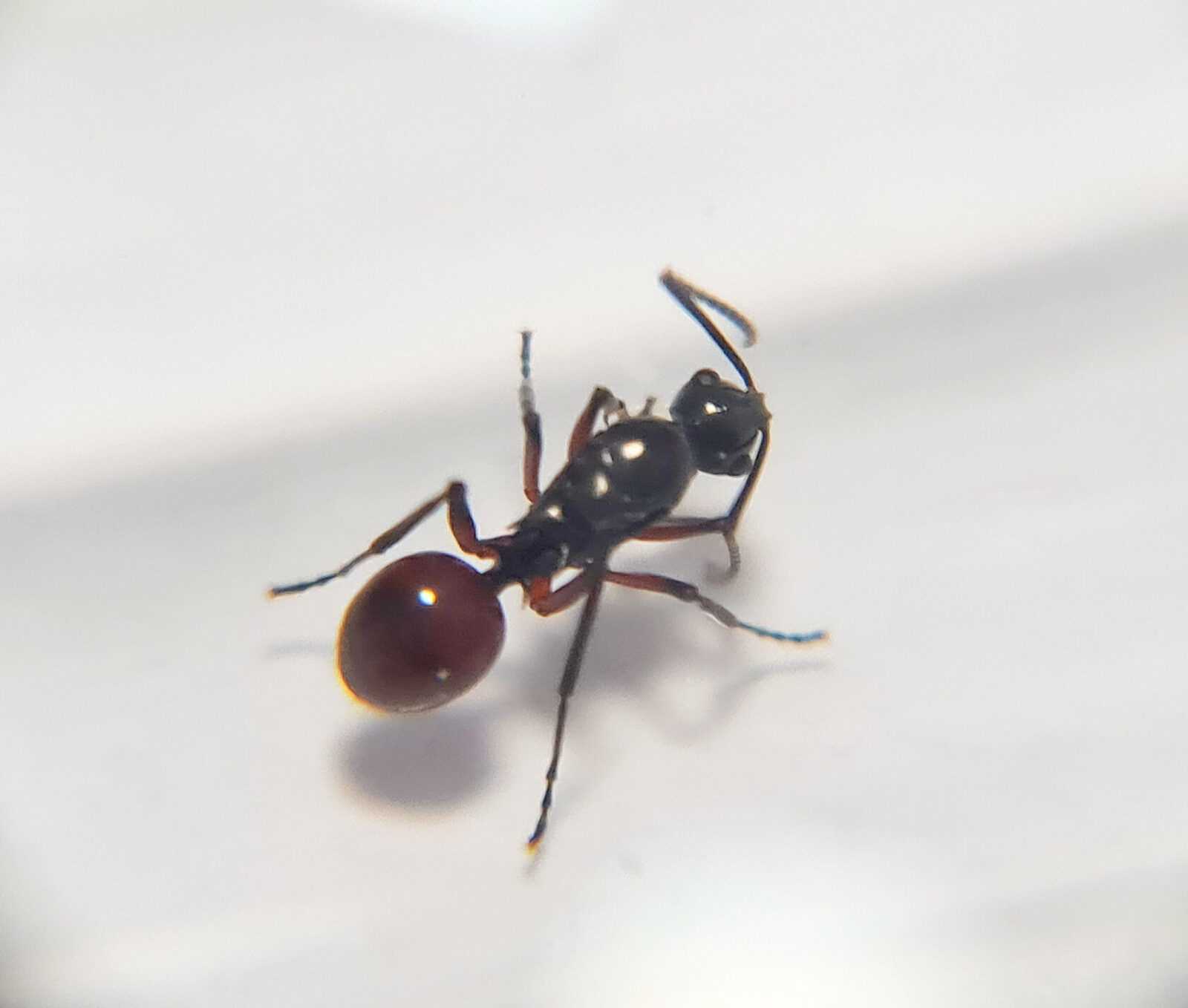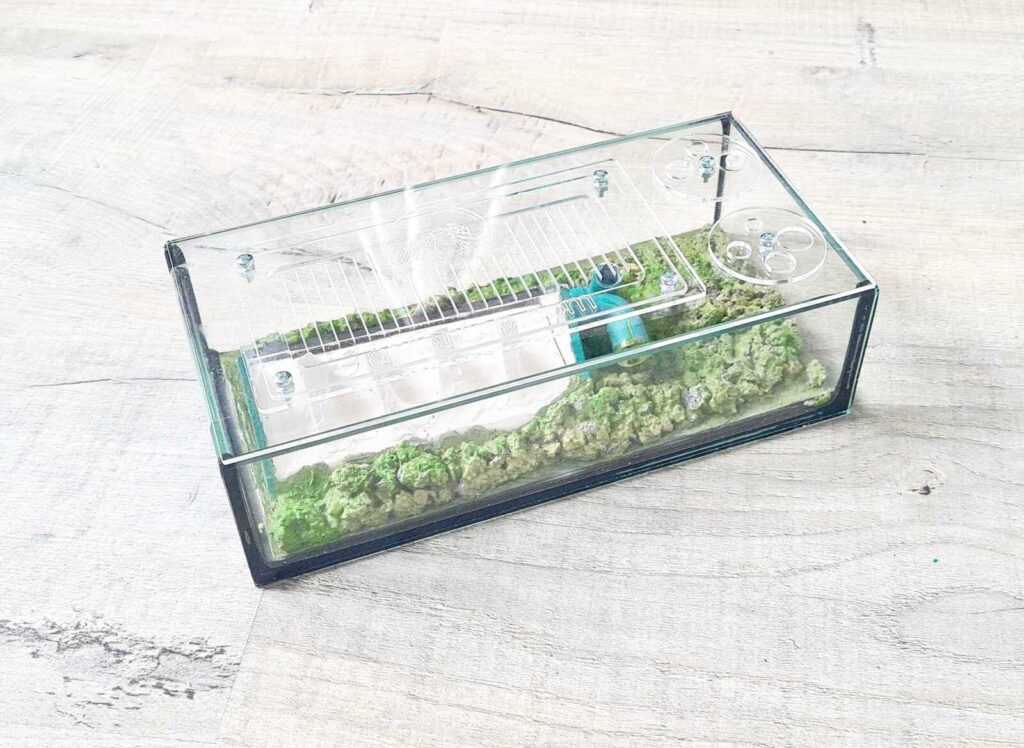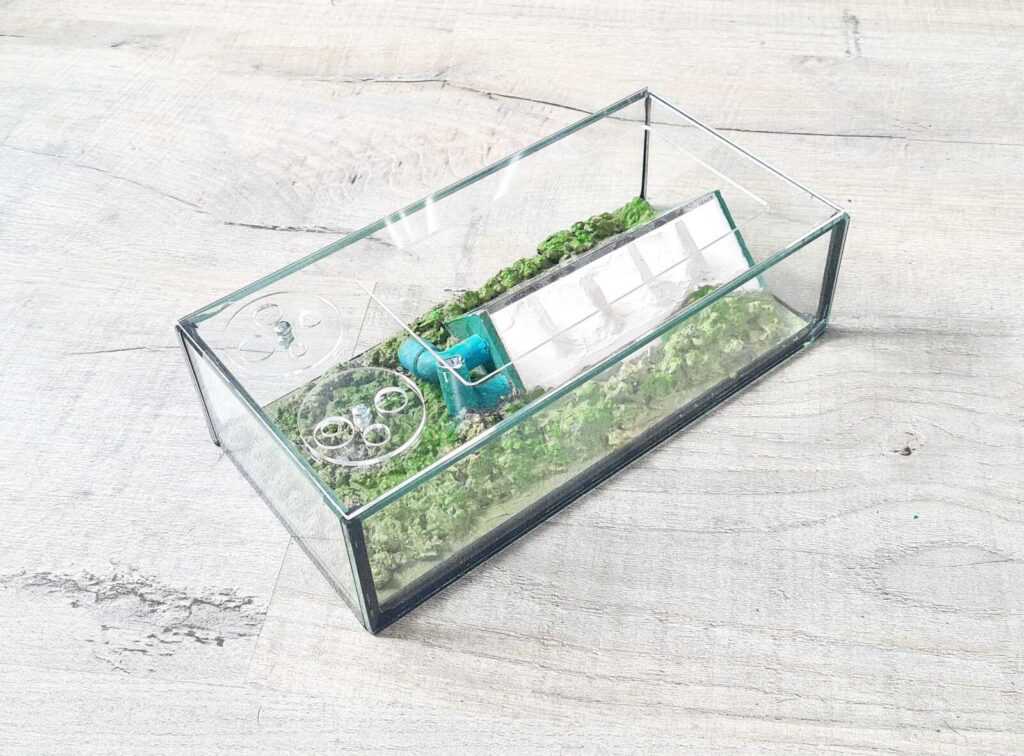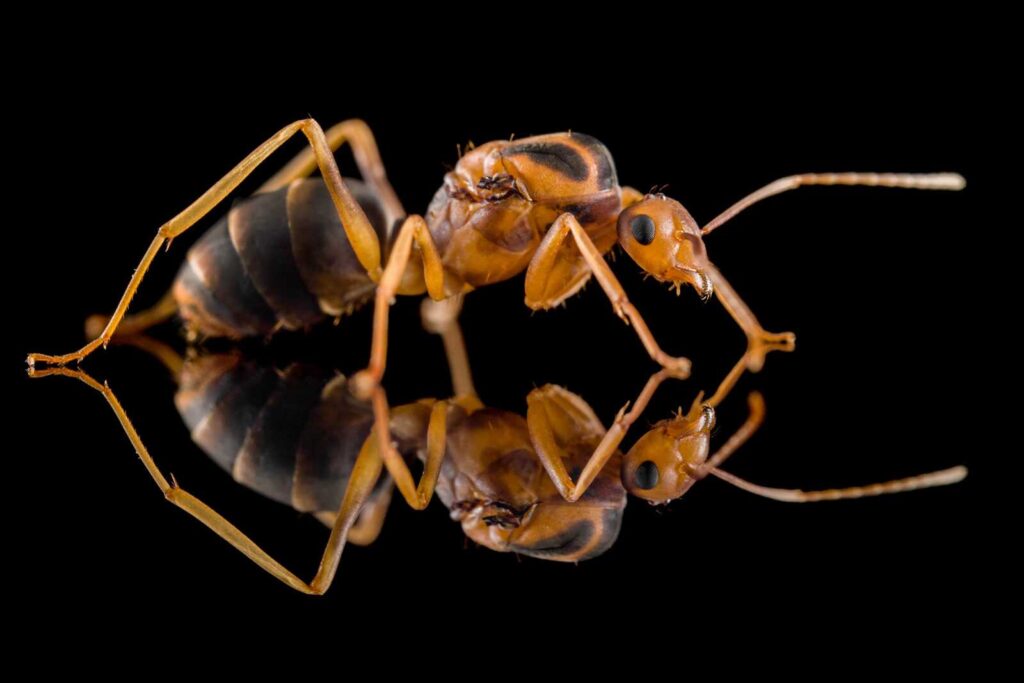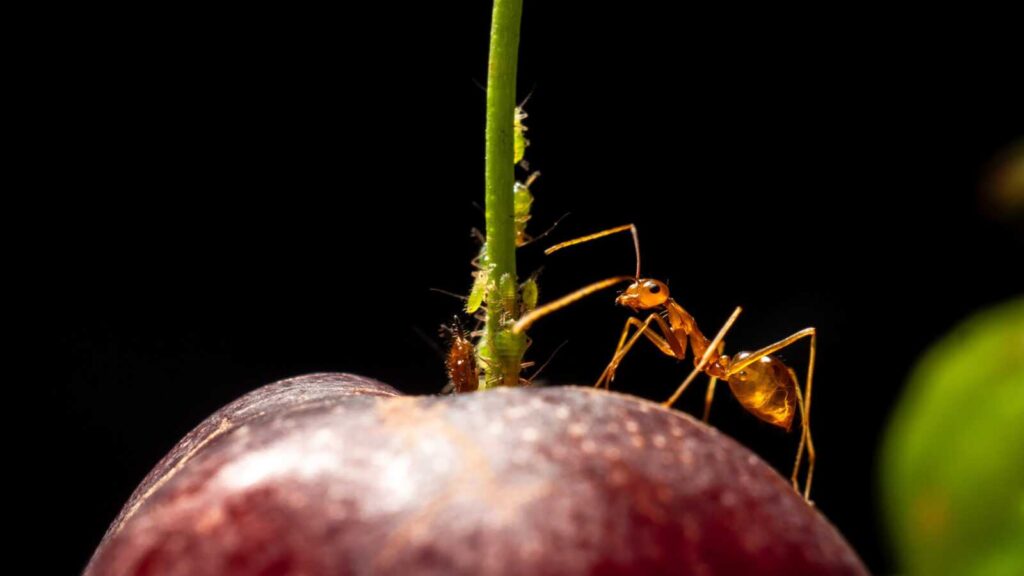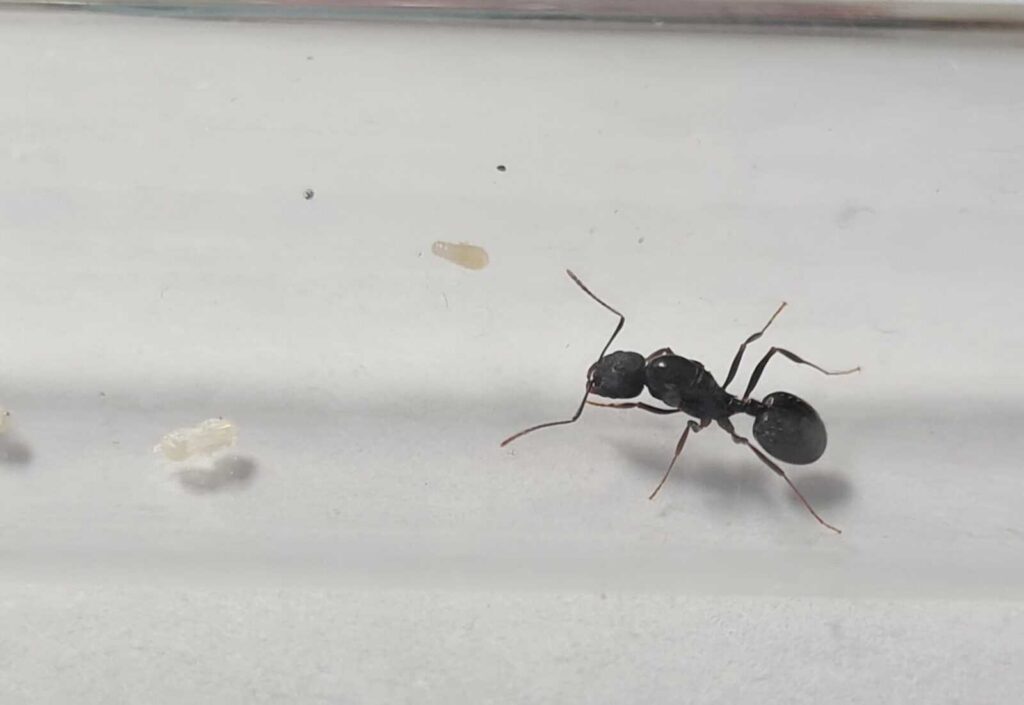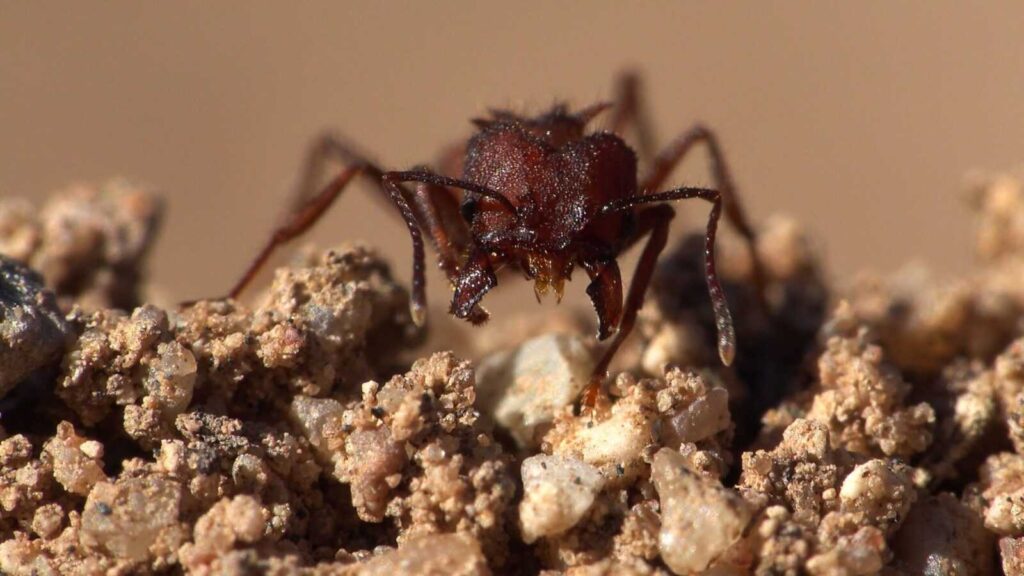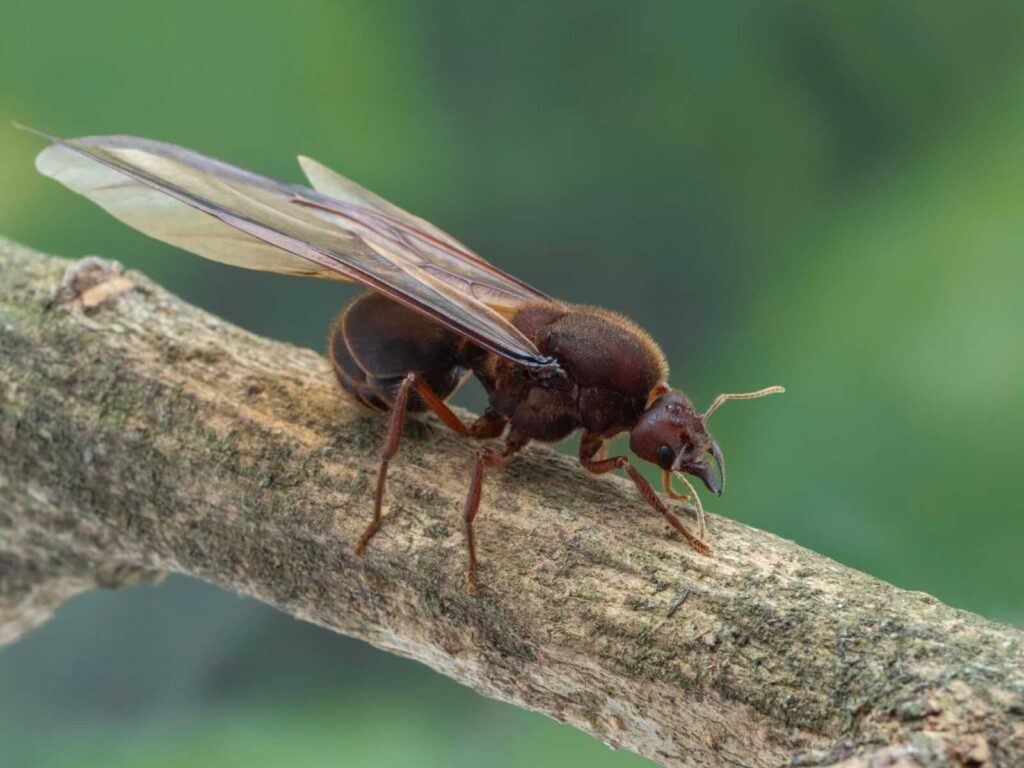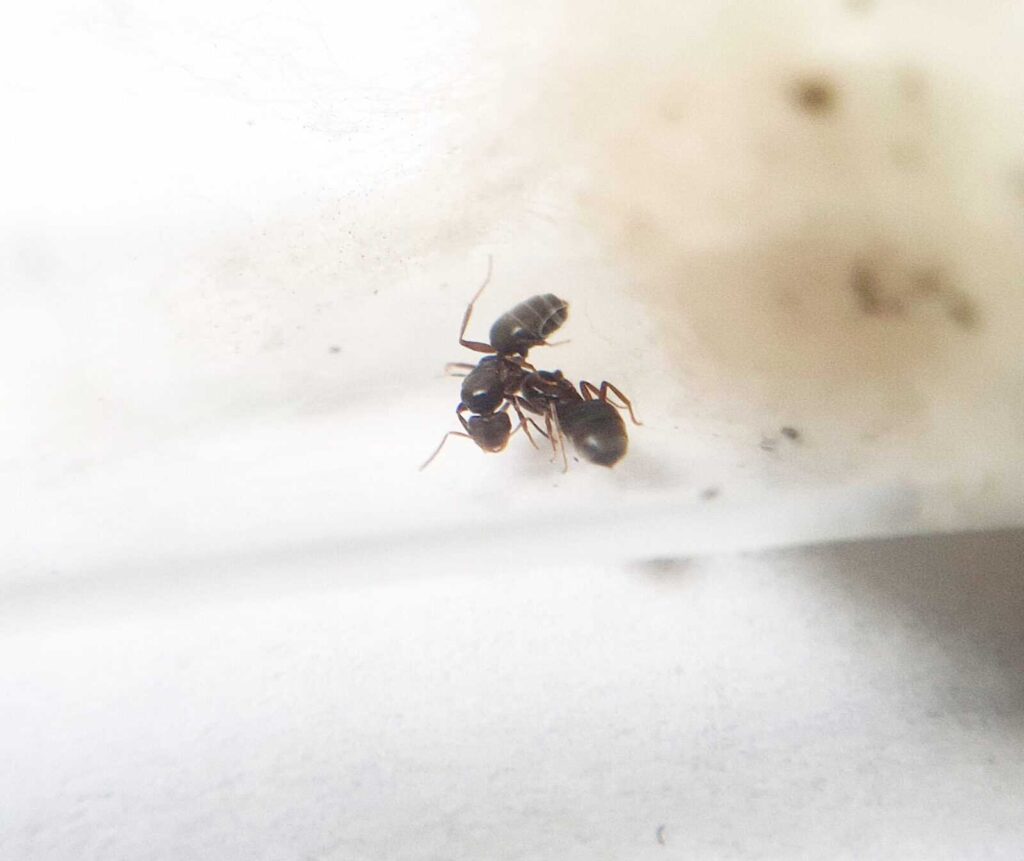Polyrhachis mitrata
289,90 zł – 339,90 zł
Worldwide shipping
Free delivery over 500 PLN
The highest quality of goods
Live delivery guarantee
24/7 Personal Support
Fair Prices
Description
Polyrhachis mitrata is a polygynous ant species with a colony size of up to 500 workers. They have a fast development speed and are characterized by their red abdomen and black body. They feed on food insects, syrup, fruits, vegetables, jelly, and cooked chicken without salt.
Additional information
| Behavior | |
|---|---|
| Difficulty in breeding | |
| Origin | |
| The size of ants | |
| Wintering |
Polyrhachis mitrata
The Polyrhachis mitrata is a fascinating ant species known for its unique characteristics and behavior. This species has a polygynous colony type, meaning it can have multiple queens coexisting in one colony. With a colony size of up to 500 workers, this ant species thrives in a social structure where cooperation and teamwork are crucial for their survival.
Colony Type and Size
Colony Type: Polygyny
Colony Size: Up to 500 workers
Development Speed: fast
Size and Color:
- Queen: 6-9 mm
- Workers:5-7 mm
It has a black body with a red abdomen, giving it a striking appearance.
Nutrition
- Food insects (such as cockroaches and crickets) dead, or live if colony is big
- Syrup (a mixture of water and honey or sugar, with a ratio of 4/3 water:1)
- Fruits and vegetables
- Jelly
- Cooked chicken without salt, shrimps
- Honey
Don’t forget to check out our food products to ensure a well-balanced diet for your colony!
Humidity and Temperature
- Humidity: Arena: 50-70%, Nest: 60-80%
- Temperature: Arena: 24-30 °C, Nest: 22-28 °C
Special Characteristics
The Polyrhachis mitrata is a unique species that differs from other varieties of this ant species. They form relatively small colonies, consisting of up to 300 workers. Unlike some other varieties, they do not construct elaborate nests. Instead, they have adaptability and can make their homes in a variety of nest types, including acrylic, cork, plaster, and aerated concrete. Providing suitable nest options can encourage their natural behavior and make them feel more secure in their environment.
Overall, the Polyrhachis mitrata is a captivating ant species with its striking appearance, polygynous colony structure, and adaptability. By understanding their specific needs in terms of size, nutrition, environment, and nesting options, you can successfully care for and observe the fascinating behaviors of these ants in your own captive colony. To learn more about ants and other ant species, visit our ant category page.


